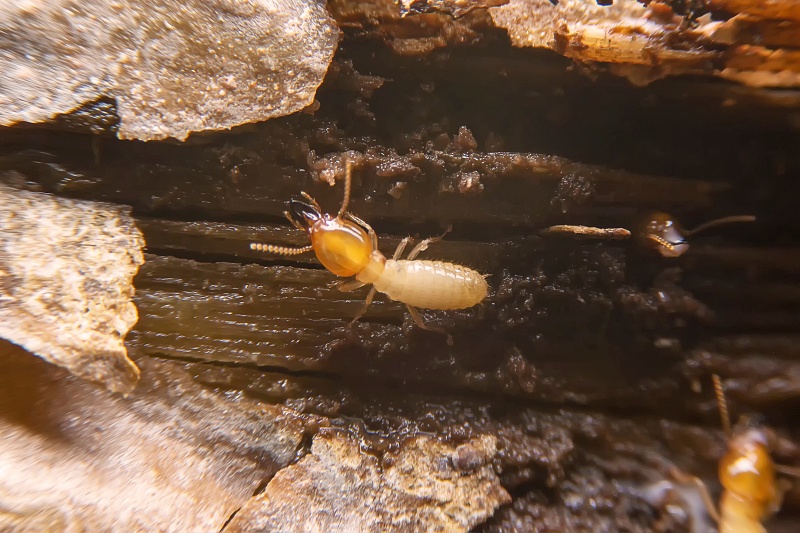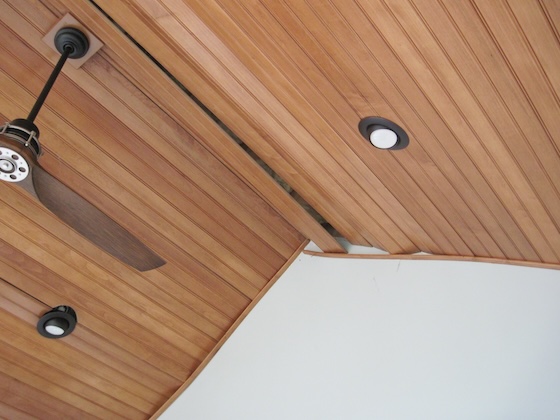
Understanding the Habitat of Termites
Termites are highly adaptable insects that can be found in various habitats around the world. They thrive in warm, humid environments and are commonly found in tropical and subtropical regions. However, termites can also survive in temperate climates where they build their nests underground to protect themselves from extreme temperatures.
The habitat of termites is primarily determined by their need for moisture and a constant food source. They prefer areas with high levels of humidity, such as forests or areas near water sources like rivers or lakes. This is because termites require moisture to survive and reproduce.
In addition to moisture, termites also rely on cellulose-rich materials for sustenance. These materials include wood, plant debris, and even paper products. As a result, they are often found in places where these food sources are abundant, such as dead trees or decaying vegetation.
Overall, understanding the habitat of termites is crucial when it comes to preventing infestations and managing termite populations effectively. By identifying the specific conditions that attract termites – namely warmth, humidity, and available food sources – homeowners can take proactive measures to minimize the risk of termite damage to their properties without resorting to harmful chemicals or extermination methods.
Signs of Subterranean Termite Infestation
Termites are notorious for their ability to cause extensive damage to homes and structures. One of the telltale signs of a subterranean termite infestation is the presence of mud tubes. These pencil-sized tunnels, made from soil and termite saliva, serve as highways for termites to travel between their underground nests and food sources above ground. If you notice these mud tubes along your foundation walls or other wooden structures in your home, it is a strong indication that you have a subterranean termite problem.
Another sign of subterranean termite infestation is the presence of discarded wings. When reproductive termites swarm, they shed their wings after finding a suitable mate and establishing a new colony. Finding piles of discarded wings near windowsills or light fixtures can be an alarming sign that termites are present in your home.
Wood damage caused by subterranean termites can also serve as evidence of an infestation. These pests feed on cellulose found in wood materials such as floorboards, furniture, and even wallpaper glue. As they tunnel through the wood, they create galleries or hollowed-out spaces within it. Look out for sagging floors or ceilings, blistering paint or wallpaper, or small holes in wooden surfaces as potential signs of termite activity.
By being vigilant about these signs – mud tubes along foundations walls, discarded wings around windowsills or light fixtures, and visible wood damage – homeowners can detect early indications of a subterranean termite infestation before significant structural harm occurs.
Identifying the Damage Caused by Subterranean Termites
Termites are notorious for causing extensive damage to homes and structures. Identifying the signs of subterranean termite infestation is crucial in order to take prompt action and prevent further destruction. One common indication of their presence is the appearance of mud tubes, which they construct as protective tunnels between their nests and food sources. These tubes can often be found along foundation walls or other surfaces that provide access to wood.
Another telltale sign of subterranean termite activity is the presence of damaged or hollow-sounding wood. As these pests feed on cellulose, they can quickly devour wooden structures from inside out, leaving behind a network of galleries within the wood. If you tap on an area suspected to be infested with termites and it sounds hollow, this could indicate significant damage caused by these voracious insects.
In addition to visible signs, homeowners should also pay attention to any unexplained cracks or sagging in their walls or ceilings. Termites weaken structural elements as they tunnel through them, potentially leading to compromised integrity over time. Therefore, if you notice any unusual changes in your home’s structure, it is essential to investigate further for possible termite damage before it becomes more severe and costly to repair.
Exploring the Behavior Patterns of Subterranean Termites
Subterranean termites are fascinating creatures with complex behavior patterns. One of their most notable behaviors is the construction of elaborate tunnel systems. These tunnels serve as a means for the termites to travel and forage for food without exposing themselves to predators or unfavorable environmental conditions. The construction process involves a division of labor, with different groups of termites assigned specific tasks such as excavating soil, building walls, and maintaining humidity levels within the tunnels.
Another interesting behavior exhibited by subterranean termites is their ability to communicate through chemical signals called pheromones. These pheromones play a crucial role in coordinating various activities within the colony, such as locating food sources, marking trails, and signaling danger. By releasing specific pheromones into the environment, individual termites can convey important information to others in their colony.
Furthermore, subterranean termites display an intriguing social structure characterized by caste differentiation. Within each colony, there are distinct roles assigned to different members based on their physical characteristics and abilities. The reproductive individuals known as alates have wings and are responsible for establishing new colonies during mating flights. Workers make up the majority of the colony population and perform tasks like gathering food and constructing tunnels. Soldiers have larger heads equipped with powerful jaws used for defending against potential threats.
Understanding these behavior patterns provides valuable insights into how subterranean termite colonies function and thrive in their habitats. By studying their tunneling techniques, communication methods, and social organization, researchers can develop effective strategies for termite control that disrupt these behaviors while minimizing harm to other organisms or ecosystems they may inhabit.
Factors Influencing Termite Nest Locations
Factors Influencing Termite Nest Locations
Termites are highly adaptable insects that build their nests in various locations based on several factors. One crucial factor influencing termite nest locations is the availability of food sources. Termites primarily feed on wood and cellulose materials, so they tend to establish their nests near a steady supply of these resources. This could include dead trees, decaying logs, or even wooden structures such as houses or fences.
Another significant factor influencing termite nest locations is moisture levels. Termites require a moist environment to survive because they are prone to dehydration. Therefore, they often construct their nests in areas with high humidity or proximity to water sources like rivers, streams, or underground water pipes. Moist soil provides an ideal habitat for termites as it helps maintain the necessary moisture levels within their colonies.
Additionally, termites choose nest locations based on environmental conditions that offer protection from predators and extreme weather conditions. They prefer secluded areas where they can thrive without interference from natural enemies like ants or birds that may pose a threat to their survival. Furthermore, termites avoid direct sunlight and harsh climatic conditions by constructing underground tunnels and mud tubes connecting their nests to food sources.
Understanding the factors influencing termite nest locations is essential for effective pest control strategies and prevention measures against infestations. By identifying potential nesting sites based on available food sources, moisture levels, and protective environments, homeowners can take proactive steps to minimize the risk of termite damage in their properties.
Subterranean Termite Nests: Recognizing and Locating Underground Colonies was first seen on https://propestcontrolservices.com/





More Stories
The Role of Chimney Inspections in Homebuying
The Rise of Bed Bugs: Why Are They Making a Comeback?
Chimney Masonry Repair 101: Restoring Beauty and Functionality